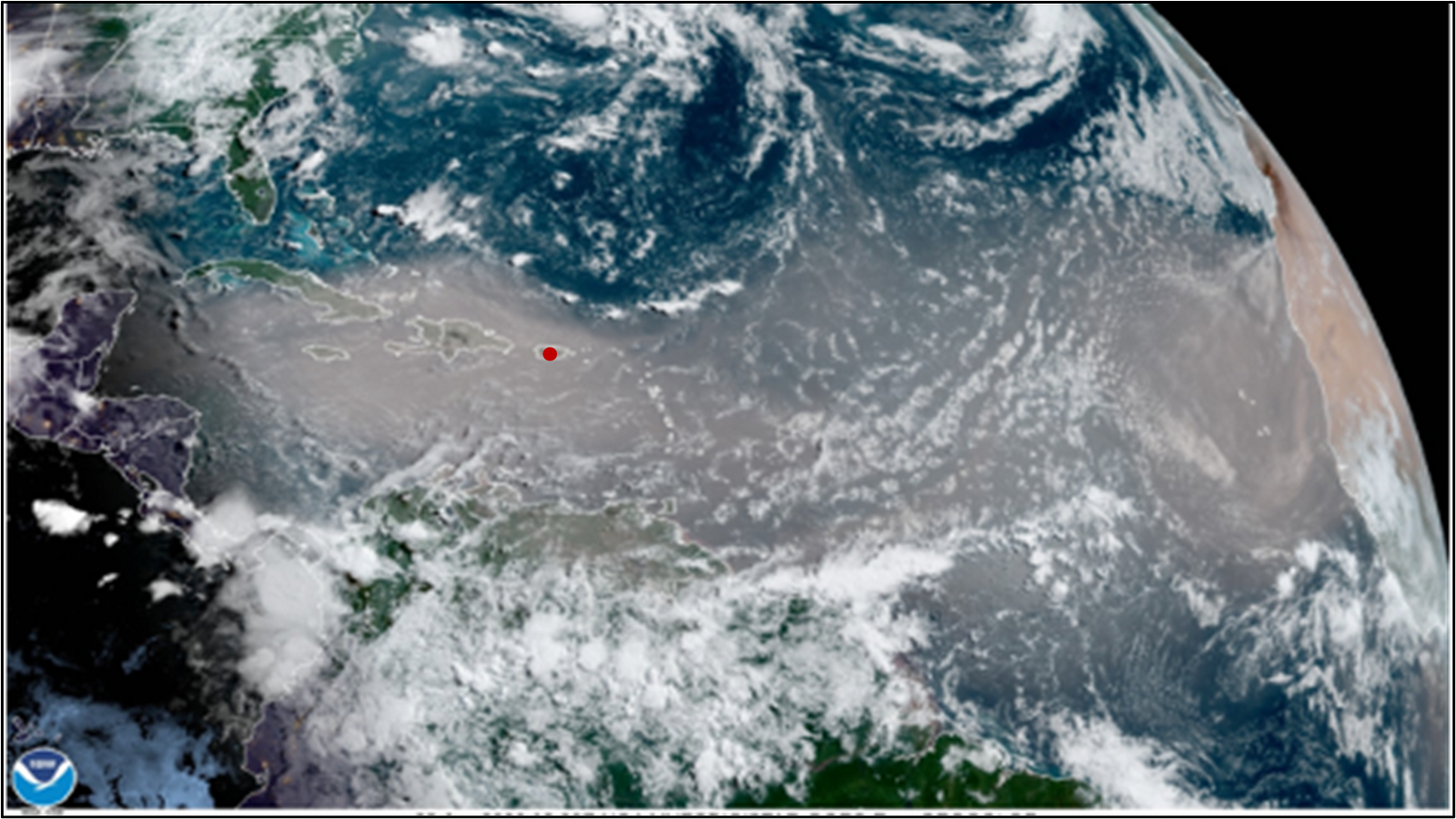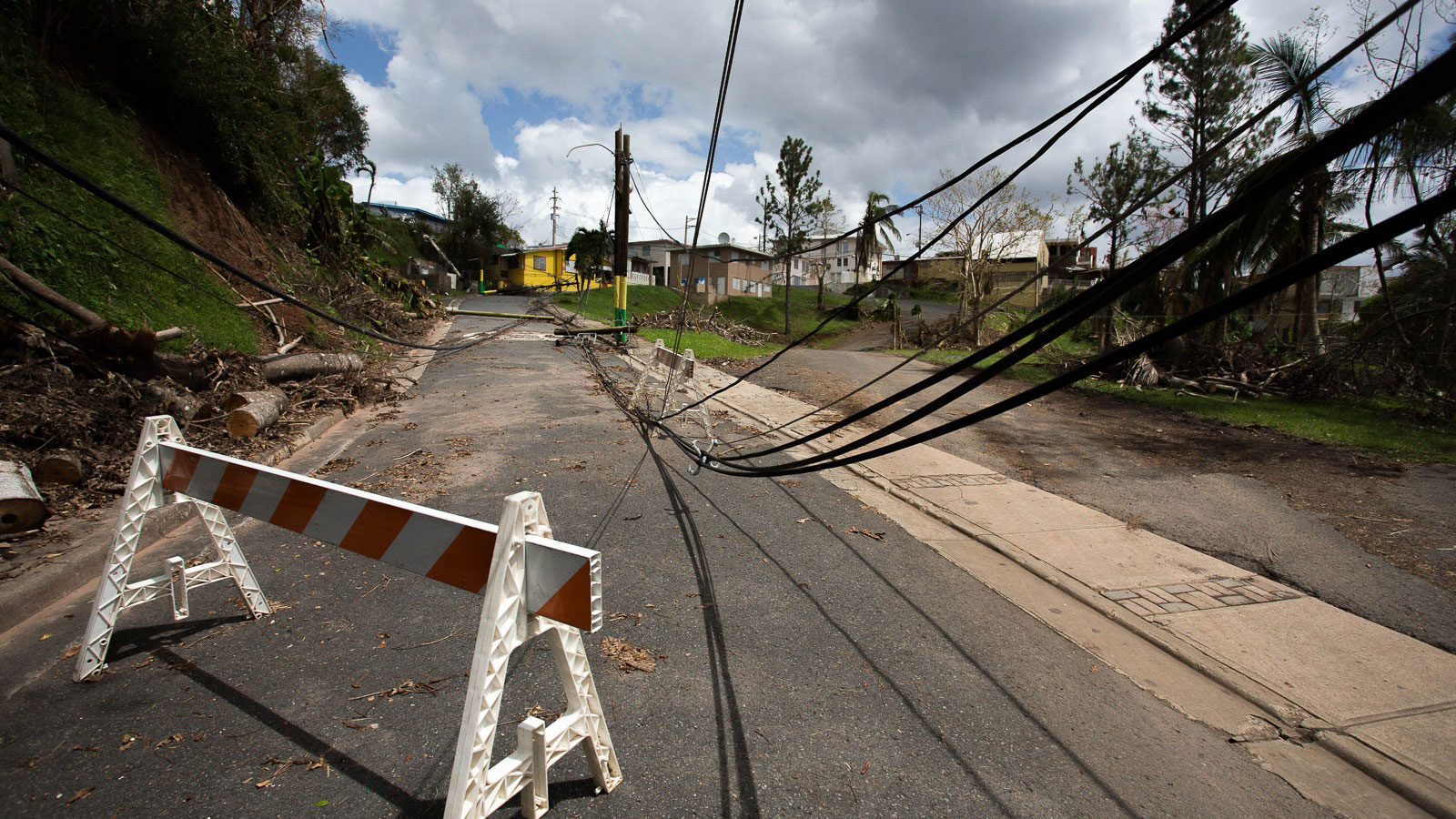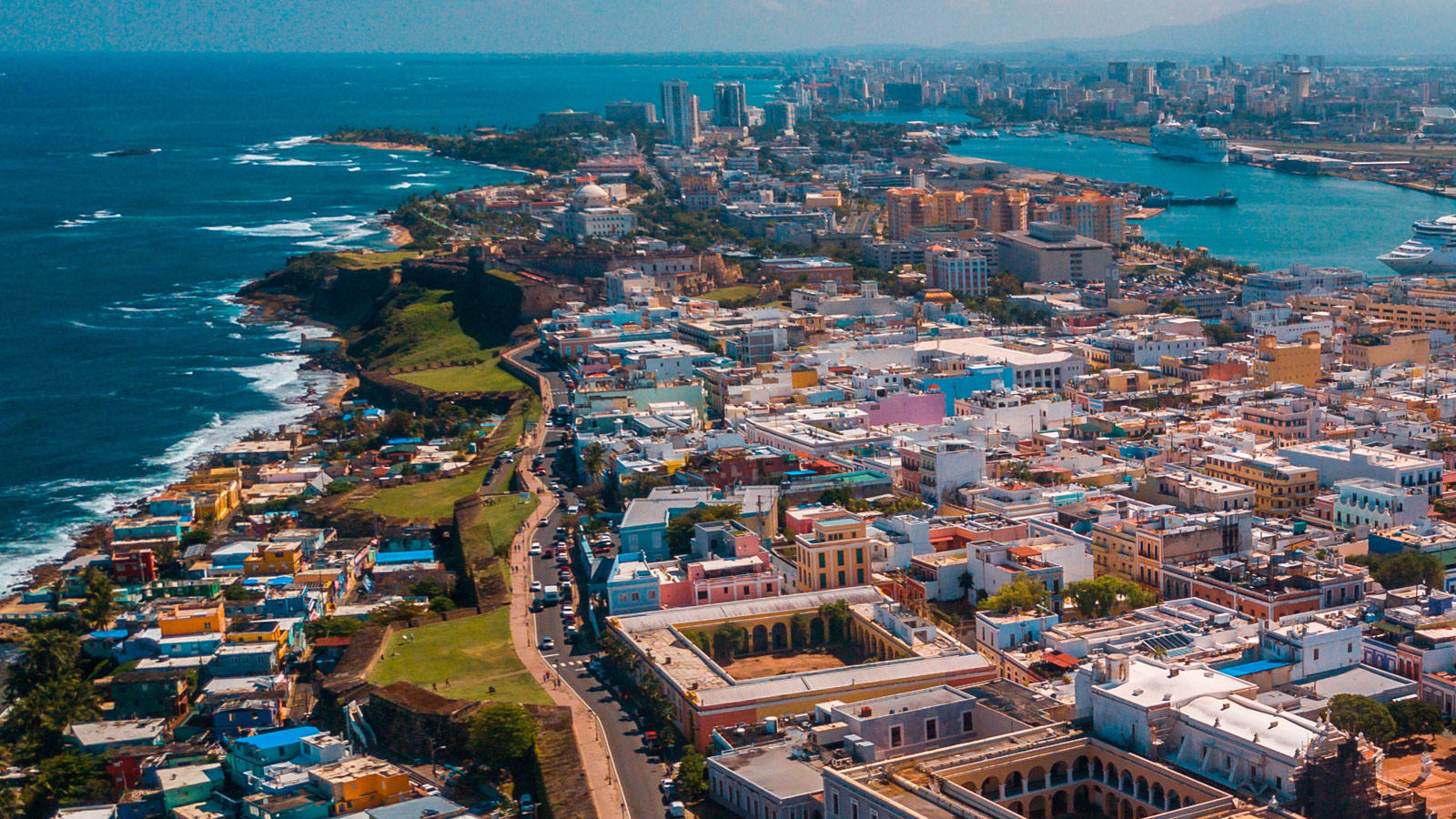Argonne team of researchers wins top award for infrastructure recovery work in Puerto Rico
The Puerto Rico Grid Recovery & Modernization team at the U.S. Department of Energy’s (DOE) Argonne National Laboratory was recognized with a DOE Secretary of Honor Achievement Award. The award is considered the highest form of recognition granted by DOE. Three scientists from Argonne’s Nuclear Technologies and National Security’s Decision and Infrastructure Science division — Susan Jones, Lawrence Paul Lewis and John Murphy — were named for the award with colleague Jiali Wang from Argonne’s Environmental Sciences division. The team’s work will ensure that the pathways toward a 100% renewable energy transition for Puerto Rico promote energy justice, bolster infrastructure resilience, and are adapted to future climate risks.
Argonne partners with the University of Puerto Rico-Río Piedras to prepare students for the new energy workforce
Each year, the Caribbean Island of Puerto Rico receives atmospheric transported dust all the way from Africa. These mineral-enriched tiny dust particles can affect everything from clouds and ecosystems to the ocean biota and the regional climate and air quality in the Great Caribbean Basin. Located on the island is the University of Puerto Rico-Río Piedras (UPRRP), which serves as an excellent natural laboratory to study the atmospheric dust and their interactions with the human and Earth systems.
Leveraging their expertise in the environmental sciences, DOE’s Argonne is partnering with Brookhaven National Laboratory and UPRRP to build the capacity of the university Environmental Sciences Program and to engage students that are largely underrepresented in the atmospheric and Earth system sciences workforce. The four-year project is one of the four awards selected by the Office of Biological and Environmental Research as part of the DOE’s first Reaching a New Energy Sciences Workforce (RENEW) Initiative.
Together, the partners will create a pipeline to bring underrepresented minority students in higher education into the new energy workforce. Through hands-on experiences, they hope to open new career avenues for talented young, scientists, engineers and technicians.
In Maria’s aftermath, Argonne helps inform, guide Puerto Rico’s recovery
Shortly after Hurricane Maria tore through Puerto Rico in 2017, the Argonne joined the recovery effort. Their mission: to work with the U.S. Department of Homeland Security’s Cybersecurity and Infrastructure Security Agency (CISA) to identify and prioritize the critical infrastructure systems that would benefit most from improvements in security and resilience.
Major disasters have a devastating impact on all of a region’s infrastructures — electricity, fuel, communications, transportation, water and wastewater. Their breakdown can interrupt humanitarian efforts and deal an economic blow. And because infrastructures are interdependent, the failure of one can have a cascading effect on others.
Through a cross-platform collaboration, the Argonne – CISA team delivered a comprehensive report detailing the system-level dynamics that affect infrastructure resilience across the island. FEMA contractors used the report in building Puerto Rico’s long-term recovery plan. Argonne helped identify priorities for recovery and hazard mitigation, and developed the Puerto Rico Infrastructure Interdependency Assessment (PRIIA) dashboard to run simulations that predict how infrastructure disruption could lead to cascading consequences. PRIIA enables users to create optimal infrastructure investments strategies that result in the widest-possible enhancements to regional resilience.
Argonne multidisciplinary team models grid resiliency, helps Puerto Rico bolster its infrastructure
After Hurricane Maria, the DOE commissioned Argonne to lead five national laboratories in building and executing a plan to adapt national laboratory tools and analytical expertise to characterize the Puerto Rican grid system, assess its resilience and analyze potential operational and capital improvements. As part of the effort, a multidisciplinary Argonne team adapted several Argonne-built tools to analyze the interdependencies of Puerto Rico’s electric, natural gas and telecommunications sectors and then trained local professionals on the tools. The team also adapted a planning tool to assess the economics of new power generation in Puerto Rico.
Argonne modeling tools include HEADOUT (Hurricane Electric Assessment Damage Outage), which estimates a hurricane’s impact on electric infrastructure and customer outages; EPfast, an electric power network modeling method that examines the impacts of power outages on large electric grid systems; and TELCOfast, which estimates telecommunication outages due to severe weather.
Other participants included National Renewable Energy Laboratory, Oak Ridge National Laboratory, Pacific Northwest National Laboratory and Sandia National Laboratory.
Puerto Rico government agencies work with Argonne to prepare for, defend against earthquakes
Situated in a seismically active region, Puerto Rico has experienced earthquakes for centuries. Yet, the disturbances of 2019 and 2020 ranked as the first major events since 1918, with a swarm of earthquakes and aftershocks, many registering at a 5.0 magnitude or higher. The quakes resulted in the loss of life, damaged critical infrastructure and left thousands homeless. The financial damage was estimated at more than $3 billion.
Working with CISA and the Puerto Rico Seismic Network (the regional authority for monitoring earthquakes and tsunamis), a team of Argonne scientists is equipping island officials with the tools and knowledge to deal with hazards and strengthen the island’s defenses. They’re using CISA’s Regional Resiliency Assessment Program (RRAP) to provide a common understanding and consistent analytic approach. The RRAP framework helps scientists examine the consequences of an event; in this case, the project will also develop a planning tool for strategies that bolster resilience.
Incorporating their assessments into seismic hazard analyses, the team is evaluating options for seismic retrofitting for any critical infrastructure deemed potentially vulnerable to seismic impacts. Using a variety of potential scenarios, scientists are assessing the priority of restoration activities for infrastructure disruptions.





